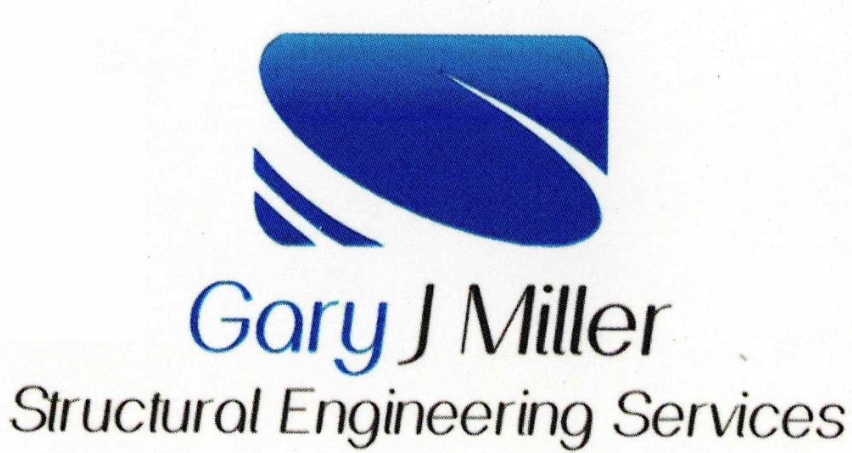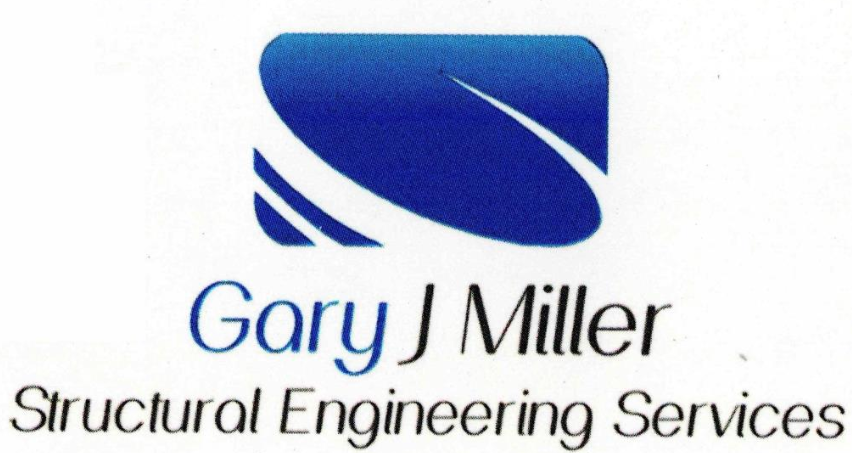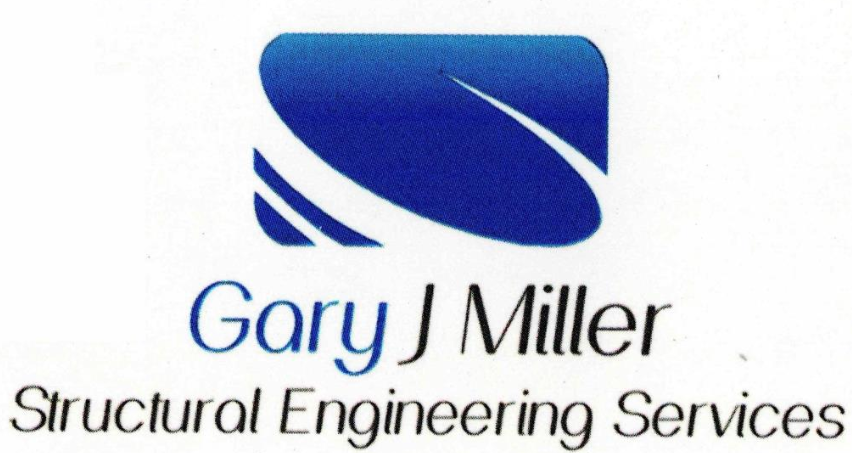Follow Us x
We can provide foundation design for any type of structure, from a small shed to a large industrial warehouse. OUR TEAM will design your foundation for what is most appropriate, taking into consideration your wants, the project's needs, and the site's soil conditions.
We design the following foundation types:
•Basement Foundation -This type of foundation provides a hollow substructure to allow space below ground level, primarily used for work or storage space.
•Caissons Foundations -This foundation is constructed by drilling a large hole in the soil, often down to a harder soil or rock, which is then filled with concrete. Sometimes, the base of the caisson will be bell-shaped to decrease contact pressure or soil pressure; these are considered belled caissons.
•Pile Foundations - This foundation usually consists of long and slender members constructed by driving the members down to the correct foundation level. Sometimes this may be done by drilling tubes to the desired depth and then filling them with concrete before or during the removal of the tubes.
•Strip Footing -Strip footing is also known as a continuous footing. This type of foundation consists of a row of columns in which each column is spaced near one another. Strip footing is a much more efficient and economical choice than a spread footing.
•Spread or Isolated Footing -Spread or isolated footing, also known as a pad footing, is used when supporting an individual column. This type of footing can be designed as a rectangular slab of the same thickness, a square, or a circle. It may also have a step-like design to help distribute the load over a larger area.
•Combined Footing - This type of footing is used when two columns are close together, and their individual footings would ultimately run into each other or cause an overlap.
•Strap/ Cantilever Footing - This type of footing is consists of two individual footings that are connected with a lever or structural strap of various types. This allows the two bases to behave as one. This design is used and is more economical than a combined footing when the distance between the columns is large, and the soil pressure allows.
•Mat or Raft Foundations -Also known as a slab foundation, this type of foundation exists under the majority of the structure, providing support.



